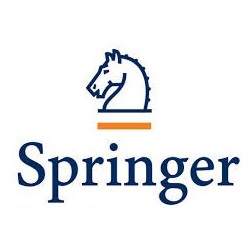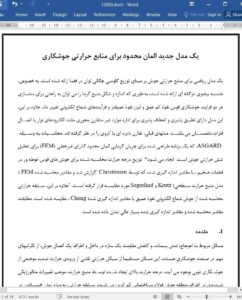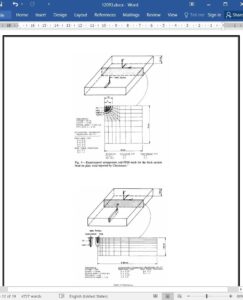A mathematical model for weld heat sources based on a Gaussian distribution of power density in space is presented. In particular a double ellipsoidal geometry is proposed so that the size and shape of the heat source can be easily changed to model both the shallow penetration arc welding processes and the deeper penetration laser and electron beam processes. In addition, it has the versatility and flexibility to handle non-axisymmetric cases such as strip electrodes or dissimilar metal joining. Previous models assumed circular or spherical symmetry. The computations are performed with ASGARD, a nonlinear transient finite element (FEM) heat flow program developed for the thermal stress analysis of welds.* Computed temperature distributions for submerged arc welds in thick workpieces are compared to the measured values reported by Christensen1 and the FEM calculated values (surface heat source model) of Krutz and Segerlind.2 In addition the computed thermal history of deep penetration electron beam welds are compared to measured values reported by Chong.3 The agreement between the computed and measured values is shown to be excellent.
I. INTRODUCTION
THE problems of distortion, residual stresses, and reduced strength of a structure in and around a welded joint are a major concern of the welding industry. These problems result directly from the thermal cycle caused by the localized intense heat input of fusion welding. The high temperatures developed by the heat source cause significant metallurgical changes around the weld area of low carbon structural steels. The thermal history, particularly soaking time at high temperatures and cooling time from 800 to 500 C determines the microstructure and mechanical properties for a given composition. The cooling time from 400 to 150 C is a controlling factor in the diffusion of hydrogen and the cold cracking of welds. Accurate predictions of residual stress, distortion, and strength of welded structures require an accurate analysis of the thermal cycle. The importance of a good model for the weld heat source in the analysis of the thermal cycle has been emphasized by several investigators. 12'4-9











